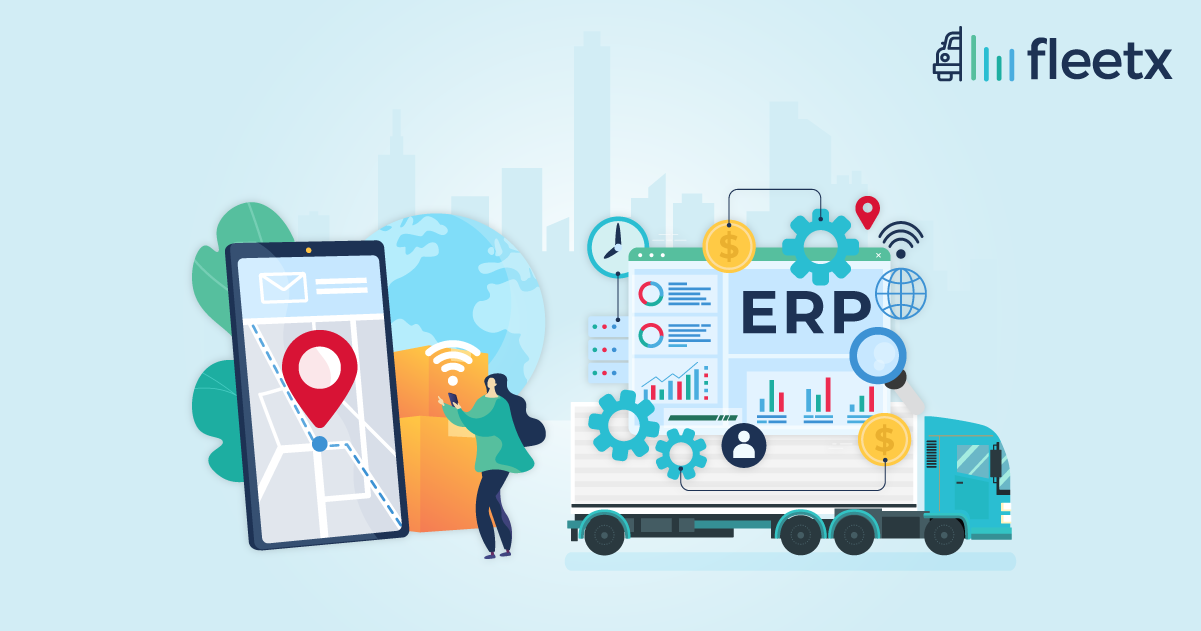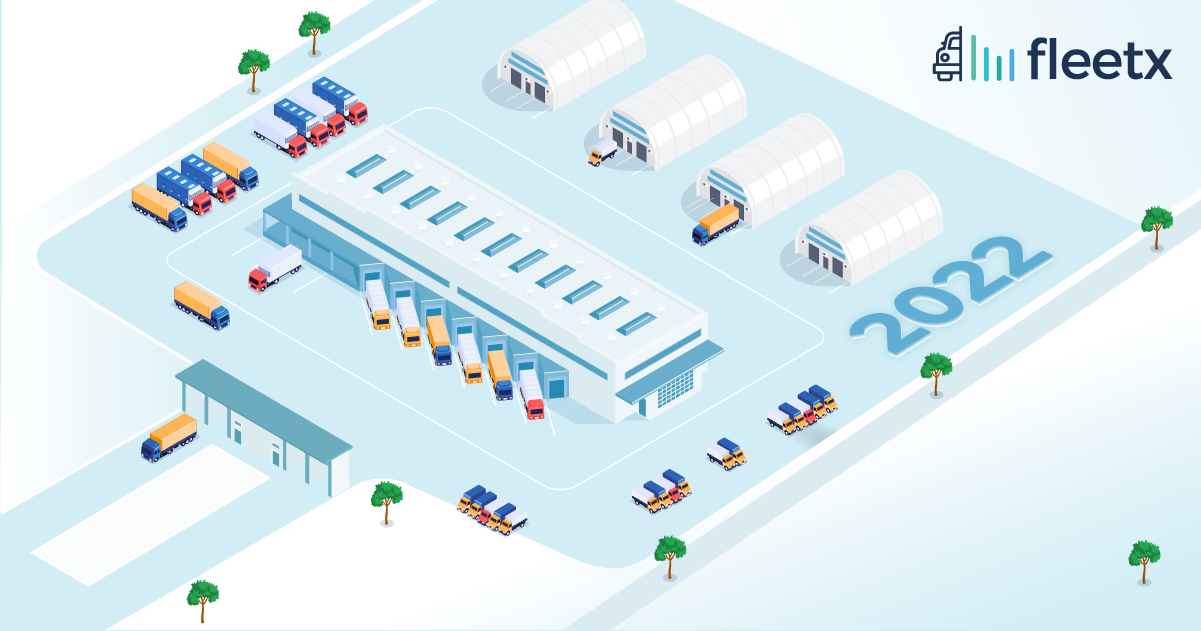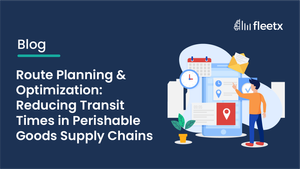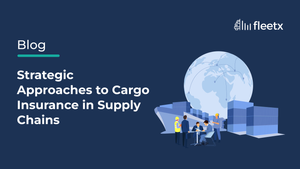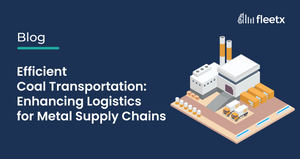
Indonesia's logistics and supply chain industry has been extremely inefficient during the past few years, as seen by the high cost-to-GDP ratio of more than 23% since 2015. Now, Indonesia has begun to pay greater attention to improving the efficiency of the logistics and supply chain sector by putting up a number of initiatives with the goal of being the fifth to seventh largest economy in the world by 2045. For instance, the country has started projects to reduce logistics and supply chain costs to 17% by 2024, notably by creating a national logistics platform and a programme for sea tolls.
The foundation of Indonesia's transportation services sector continues to be logistics utilizing land transportation services. 70% to 80% of all freight handled within Indonesian borders each year is transported by road. The road freight market's share of the overall logistics market has remained between 40 and 50 percent in value or currency terms.
In Indonesia, there is not a lot of industrial concentration, particularly when it comes to the major multinational firms. About 30% of the market's size is accounted for by international companies. Local talent makes up the other 70% consists entirely of local talent makes up the remaining 30% consists entirely of local talent makes up the The concentration within the 70% is moderate, and even the ten biggest firms do not account for more than 30% of the local market. The large players' increased attention to infrastructure for logistics and freight transportation may be the cause of this. The Indonesian freight and logistics industry is also predicted to experience a CAGR of 9% over the course of the research period.
Growing E-commerce in Indonesia
Indonesia is a promising e-commerce industry in the Asia-Pacific region, with a number of regional and international businesses competing for market share. E-commerce growth has been fueled by expanding internet usage, rising digitization, and the proliferation of websites. Future e-commerce growth in Indonesia is predicted to be in the high double digits. With a nearly 72.87% internet penetration rate in 2021, Indonesia has one of the highest rates in the area. Industry reports claim that Indonesia has Southeast Asia's largest and fastest-growing internet economy. By 2025, it's anticipated to represent 50% of all Southeast Asian e-commerce transactions.
In Indonesia, the number of online shoppers increased from 75 million before the epidemic to 85 million during that time. The fast increase in e-commerce has created a demand for product delivery, which is directly fueling the expansion of logistic services.
The supply chain landscape in Indonesia is surely diversified and complicated. The nation faces a number of obstacles that prevent its supply chain from operating efficiently and effectively, despite its potential to be a significant player in global trade. These challenges include:
Supply and demand: Due to its underutilized transportation infrastructure, high domestic demand, and lengthy domestic delivery times, Indonesia has a logistics cost to GDP ratio that is up to three times higher than that of other nations. The market scenario appears unclear in Indonesia since there is no clear view of the demands and no effective demand and supply plan.
Infrastructure: The country's inadequate transportation infrastructure, such as poor road networks and limited port capacity, leads to delays and increased costs for businesses and makes it difficult to transport goods within the country and to international markets.
Logistical: It is challenging for businesses to deliver goods from suppliers to customers efficiently in Indonesia since the country's logistics industry is underdeveloped. These logistical difficulties result in poor operations and domestic delivery times that are two to three times greater than in comparator countries. A bottleneck is created in inbound logistics due to Indonesia's lengthy turnaround times, which are more than twice as long as those in foreign ports. Indonesia is being prevented from having an effective logistics and supply chain sector by these issues, which range from planning to last-mile delivery.
Regulations: The country's complex and often unpredictable regulations can make it difficult for companies to navigate the supply chain and can also lead to delays and additional costs. The high level of bureaucracy and corruption also adds to challenges in supply chain processes. Additionally, corruption is a widespread problem in Indonesia, and can lead to delays and increased costs in the supply chain.
Landscape: Indonesia's logistics and supply chain ecosystem performs below expectations due to its extremely fragmented player base and insufficient technological adoption. Inland modal and warehouse players are also largely dispersed and not utilizing digital technology. As customs procedures in Indonesia take more than twice as long as they do in China, Singapore, and Malaysia, these players are also operating in a poor environment without the assistance of effective administrative processes for exports or imports. Thus, Indonesia is unable to develop a logistics and supply chain ecosystem that is as efficient as the benchmark nations due to a mix of problems.
Lack of transparency: There is a lack of transparency in Indonesia's supply chain, making it difficult for companies to trace the origin of goods and ensure compliance with regulations. This is caused by a variety of factors, such as inadequate regulation, poor communication between suppliers and buyers, and a lack of technology to track goods. Thus, it leads to issues such as poor working conditions, exploitation of workers, and environmental degradation.
To conclude
In conclusion, Indonesia's supply chain faces significant challenges, including poor infrastructure, lack of skilled labor, corruption, and natural disasters. Addressing these issues will be crucial for the country to maintain its competitiveness in global markets and improve the efficiency of its economy. This can create uncertainty for businesses, making it difficult for them to plan for the future and invest in the country.
The country's progress toward a better national logistics and supply chain is being delayed by these underlying problems, which are causing a vicious loop. Digital technology has been used by nations all over the world to rebuild their supply chains and logistics industries, and this strategy is having a significant influence. Digitalization in Indonesia's logistics industry has the potential to significantly enhance operations and give the ecosystem the tools it needs to grow.


